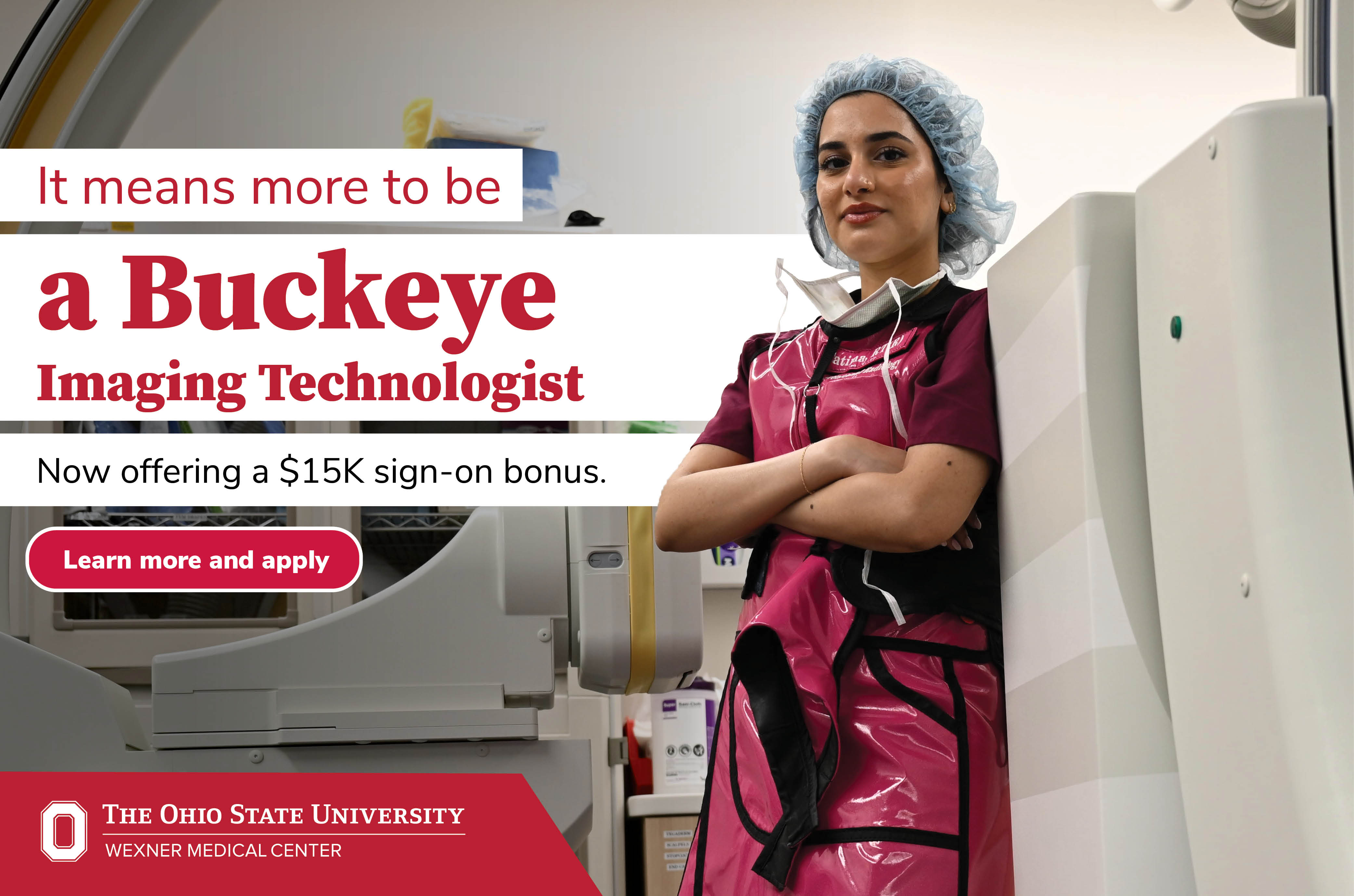Did you know that for nearly the past 40 years, the OSRT has been fighting for medical imaging professionals in Ohio? The work of the OSRT for advocacy began in the early 1980s through its work on creating a licensure law for Ohio radiologic technologists. Finally, in 1995, the OSRT won the fight for licensure for medical imaging professionals; without licensure, anyone with little to no training would be legally permitted to perform radiologic procedures. Ohio licensure ensures quality medical imaging procedures and superior patient care for ohio consumer patients. A state without licensure opens the door to anyone with little or no training to perform medical imaging procedures, which can increase health care costs, and decrease quality patient care.
The OSRT did not stop their advocacy efforts once they won the fight for licensure; they continued. In 1999-2000, Cardiovascular technologists (RCIS and CVT) tried to introduce a bill, rewriting licensing statutes in Ohio allowing them to perform intravascular cardiac procedures under direct supervision of a physician. Upon learning of the potential threat to the licensure statutes, the OSRT mounted a potent offense and provided multiple testimonies at legislative hearings opposing the proposed bill. Due to the efforts of OSRT and other oppossing partners, this legislation never passed.
In 2002, the U.S. Government developed tand created the Watchdogged Task Force on Workforce Shortage. The appointed task force's charge was to identify fields of praactice with shortages of personnel. As medical imaging was one of the fields identified by the taskforce, they could change the scope of practice so that other non-medical imaging professionals could perform medical imaging procedures. OSRT contended that having other disciplines assume the radiologic technologist's scope of practice would lead to decreased images quality and woudl be detrimental to quality of patient care. OSRT continuously monitored legislation pertinent to medical imaging. The proposed law that woudl extend the scope of practice permission to perform medical imaging procedures was denied to anyone who was not licensed.
In around 2007, the OSRT worked with the legislature to develop the Radiologist Assistant Bill, and worked to ensure the oversight of that credential was through the Ohio Medical Board and not the Ohio Dept of Health.
While continually monitoring licensure laws, the OSRT also keeps a very close watch on other health care professionals encroaching into the profession of medical imaging. In 2009 a bill was introduced (by AORN) allowing a circulating nurse to be assigned to each procedure performed in an operating room or invasive procedure room. The circulating nurse would have direct supervision control of anyone who assists in any intraoperative task. The bill appeared to place the nurse, as the radiographer's direct supervisor, in an interventional room, cardiac catheterization, or operating room. The OSRT provided opposition to this bill, and it ultimately died. Shortly after, the nursing board and the Board of Pharmacy introduced initial legislation regarding the administration of contrast media. The proposed rules excluded the radiographers' scope of practice. With the administration of contrast media with CT and MRI exams, the radiographer's legal ability to do this was in question. The OSRT worked to introduce language in the statute (ORC) and the rules (OAC) that expressly permits the radiographer in the admionistration of contrast media
Every five years, The Ohio Department of Health and Radiation Generating Committee (REC), which includes several OSRT members, sits and reviews licensure laws. The active participation on this committee by the OSRT allows imaging professionals the assurance that OSRT will protect licensure in the State of Ohio. This means OSRT is actively protecting the employment of over 6500 imaging professionals in the state.
This is one of the primary reasons Ohio medical imaging technologists and radiation therapists ought to support OSRT through active membership. While many of the actions described here are due to many volunteers, OSRT also has a paid, contracted Legislative Advisor (Lobbyist) who helps direct the efforts of monitoring and acting on behalf of OSRT. Help OSRT by becoming a member, so that OSRT can continue to help you!






